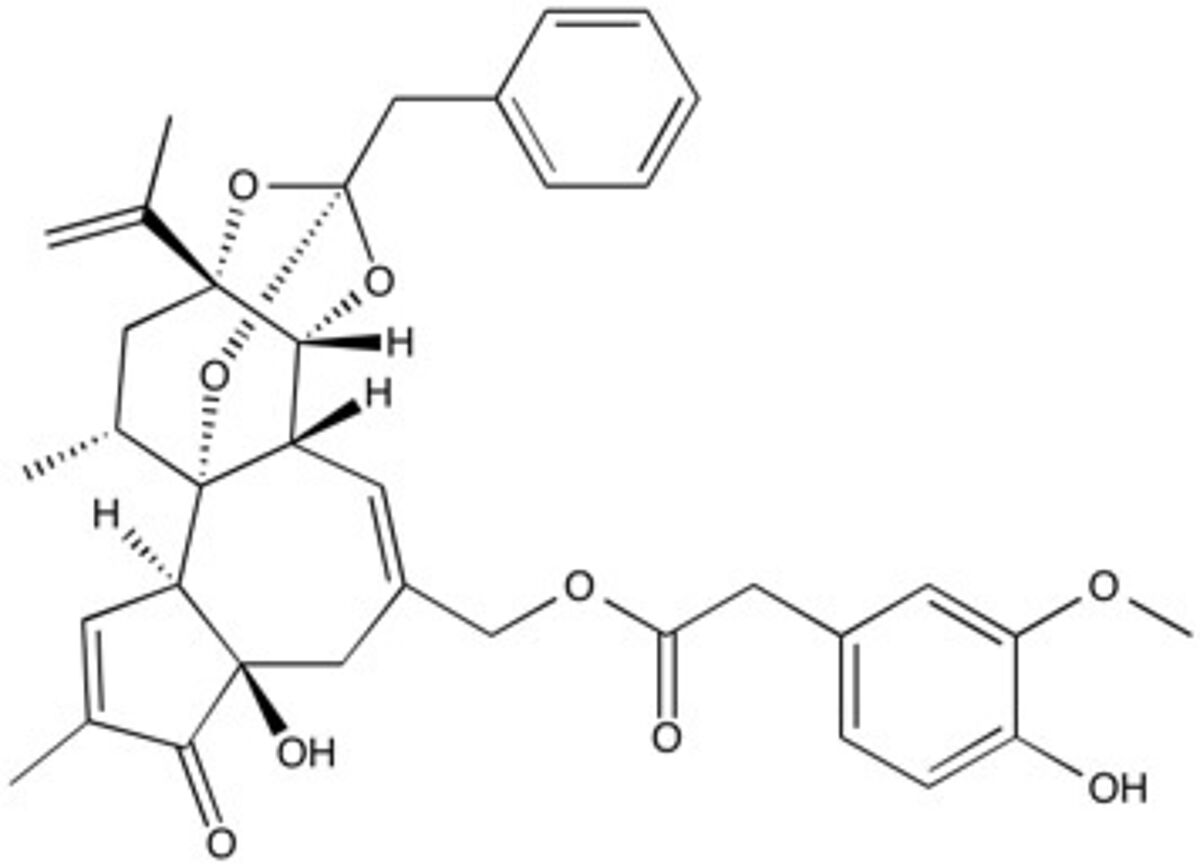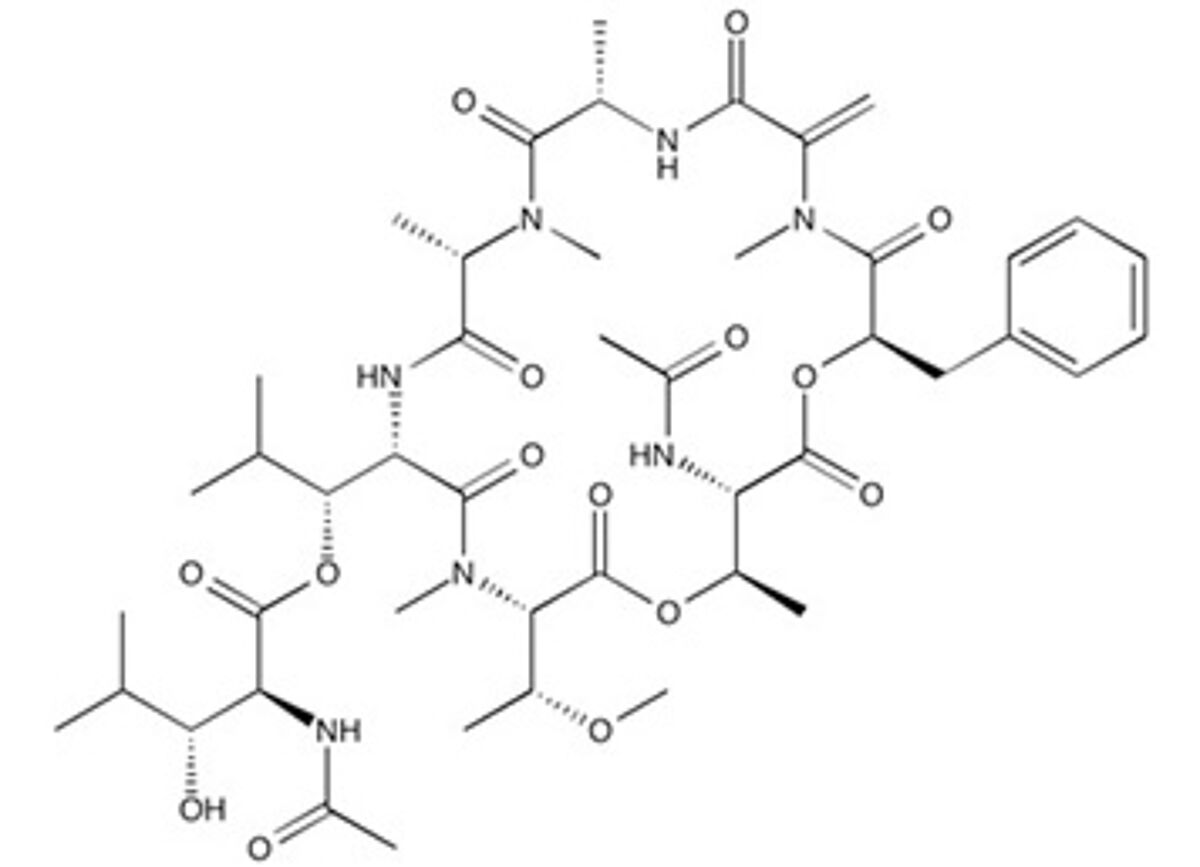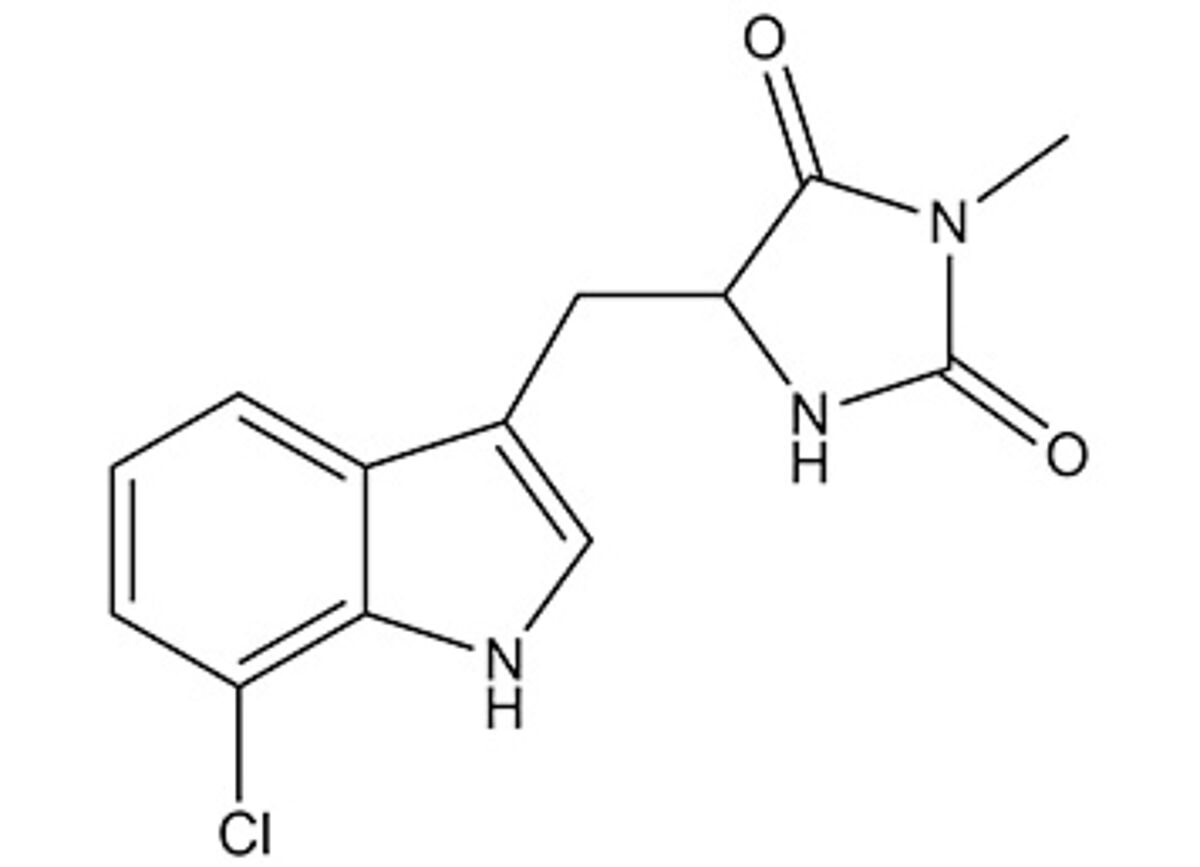Focus Biomolecules brings innovative cellular signaling tools to the life sciences research community and provides superior customer and technical support.
With more than 28 years in the industry, they offer advanced, high quality reagents.Their modern laboratory in Philadelphia enables full analytical and synthetic chemical capabilities.
Portfolio
Focus Biomolecules provides a comprehensive selection of small molecule research tools (inhibitors and other modulators) of the highest quality, backed by superior cus-tomer and technical support. Their rapidly expanding portfolio of biochemicals for Cellular Signaling research is constantly evolving, with new products added every week.
Their sophisticated laboratory offers full analytical and synthetic chemical capabilities for custom projects. Please contact us if you are interested in custom synthesis.
Products for ferroptosis
Ferroptosis is a regulated form of necrotic cell death that is relevant to both degenerative disease and cancer and is closely associated with inflammation. It is characterized by the accumulation of lipid peroxides, and is genetically and biochemically distinct from other forms of regulated cell death such as apoptosis. Oxytosis/ferroptosis is initiated by the failure of the glutathione-dependent antioxidant defenses, resulting in unchecked lipid peroxidation and eventual cell death.
Ferrostatin-1: Potent inhibitor of ferroptosis. Inhibits oxidative lipid damage and cell death in diverse disease models.
Liproxstatin-1: Potent inhibitor of ferroptosis – mechanism of action has been attributed to its activity as a radical-trapping antioxidant.
SRS16-86: Third generation ferroptosis inhibitor with increased plasma and metabolic stability for in vivo studies.
Erastin: Induces ferroptosis via inhibition of the cystine-glutamate antiporter, system Xc-.
Altretamine: Induces Ferroptosis by inhibiting glutathione peroxidase 4 (GPX4).
Products
| Cat-No. | Item | Size | Price (CHF) |
|---|---|---|---|
| 10-1380-25MG | Ferrostatin-1 | 25 mg | 194.00 |
| 10-4670-25MG | Liproxstatin-1 | 25 mg | 279.00 |
| 10-4668-25MG | SRS16-86 | 25 mg | 265.00 |
| 10-3406-25MG | Erastin | 25 mg | 315.00 |
| 10-5592-100MG | Altretamine | 100 mg | 121.00 |
New products
Resiniferatoxin | TRPV1 agonist
Resiniferatoxin (57444-62-9) is an ultrapotent TRPV1 activator (Ki=43 pM). (1) Resiniferatoxin is 100-10,000 fold more potent than capsaicin for most responses yet displays a spectrum of activity distinct from capsaicin. (2) A potent sensory neuron excitotoxin. (3) Induces a long lasting analgesia in a rodent model of burn pain. (4)
References
1) Szolcsanyi et al. (1990), Resiniferatoxin: an ultrapotent selective modulator of capsaicin-sensitive primary afferent neurons; J. Pharmacol. Exp. Ther., 255 923
2) Szallasi and Blumberg (1998), Resiniferatoxin and its analogs provide novel insights into the pharmacology of the vanilloid (capsaicin) receptor; Life Sci. 47 1399
3) Winter et al. (1990) Cellular mechanism of action of resiniferatoxin: a potent sensory neuron excitotoxin; Brain Res. 520 131
4) Salas et al. (2017) Local Resiniferatoxin Induces Long-Lasting Analgesia in a Rat Model of Full Thickness Thermal Injury; Pain Med. 18 2453
| Cat-No. | Item | Size | Price (CHF) |
|---|---|---|---|
| 10-2103-100UG | Resiniferatoxin | 100 ug | 140.00 |
YM-254890 | Gq inhibitor
YM-254890 (568580-02-9) is a novel Gαq/11 inhibitor. (1) U46619-induced platelet aggregation is inhibited but phorbol ester- or ionophore-induced aggregation is not (2) (IC50 = 0.1-0.2 μM)1. It blocks Pasteurella multocida toxin-mediated activation of Gαq. (3) A highly useful new tool for studying Gαq/11-coupled receptor signaling and resulting cellular events. (4)
References
1) Takasaki (2004), A novel Galphaq/11-selective inhibitor; J. Biol. Chem., 279 47438
2) Uemura et al. (2006), Biological properties of a specific Galpha q/11 inhibitor, YM-254890, on platelet functions and thrombus formation under high-shear stress; Br. J. Pharmacol., 148 61
3) Orth et al. (2005), Pasteurella multocida toxin-induced activation of RhoA is mediated via two families of G{alpha} proteins, G{alpha}g and G{alpha}12/13; J. Biol. Chem., 280 36701
4) Mizuno and Itoh (2009), Functions and regulatory mechanisms of Gq-signaling pathways; Neurosignals, 17 42
| Cat-No. | Item | Size | Price (CHF) |
|---|---|---|---|
| 10-1590-100UG | YM-254890 | 100 ug | 79.00 |
7-Cl-O-Nec1 | RIP1 inhibitor
7-Cl-O-Nec1 (852391-15-2) is a necrostatin-1 (Cat.# 10-1162) analogue with superior potency (IC50 = 206nM vs 494nM), selectivity and metabolic stability in blocking RIP1. (1,2) 7-Cl-O-Nec1 shows no off-target inhibition of indolamine-2,3-deoxygenase (IDO) in contrast to Necrostatin-1 (Nec-1). (3,4) 7-Cl-O-Nec1 showed higher activity in inhibiting necroptosis in Jurkat cells than Necrostatin-1 (EC50 = 210 nM vs. EC50 = 490 nM), no non-specific cytotoxicity at high concentrations (100 μM) and reasonable pharmacokinetic characteristics when used in mice.2 7-Cl-O-Nec1 is recommended for cellular and in vivo use over Necrostatin-1. (5)
References
1) Degterev et al. (2005) Chemical inhibitor of nonapoptotic cell death with therapeutic potential for ischemic brain injury; Nat. Chem. Biol., 1 112
2) Teng et al. (2005) Structure-activity relationship of novel necroptosis inhibitors; Bioorg. Med. Chem. Lett., 15 5039
3) Degterev et al. (2012) Activity and specificity of necrostatin-1, small-molecule inhibitor of RIP1 kinase; Cell Death Differ., 20 366
4) Takahashi et al. (2012) Necrostatin-1 analogues: critical issues on the specificity, activity and in vivo use in experimental disease models; Cell Death Dis., 3 e437
5) Degterev et al. (2013) Addendum: Chemical inhibitor of nonapoptotic cell death with therapeutic potential for ischemic brain injury; Nat. Chem. Biol., 9 192
| Cat-No. | Item | Size | Price (CHF) |
|---|---|---|---|
| 10-4544-25MG | 7-Cl-O-Nec1 | 25 mg | 249.00 |







